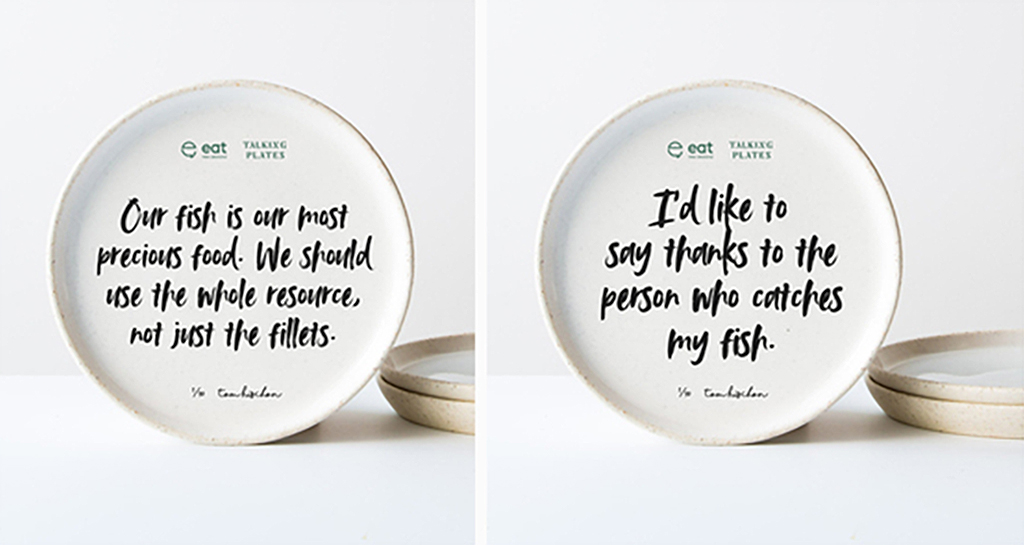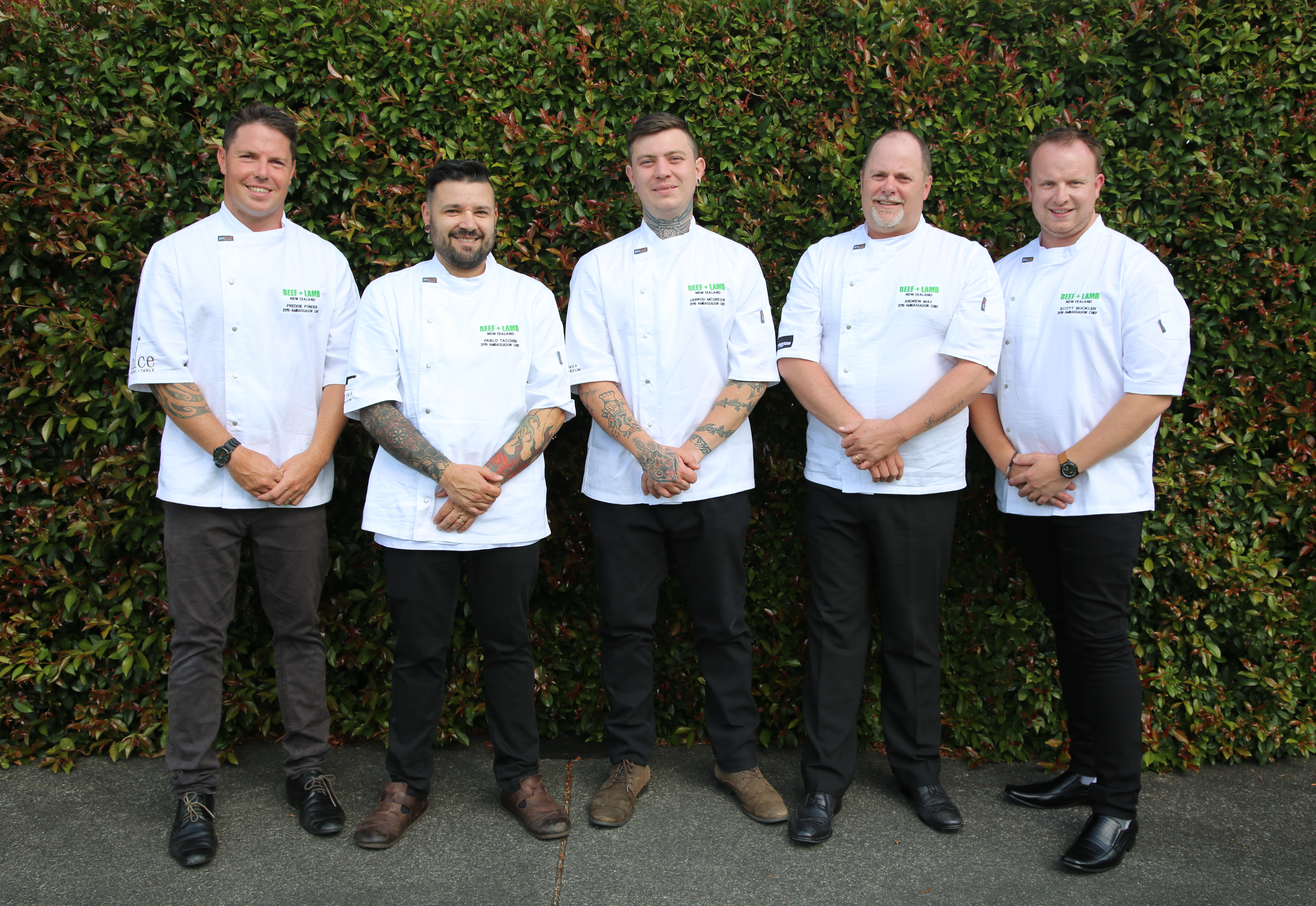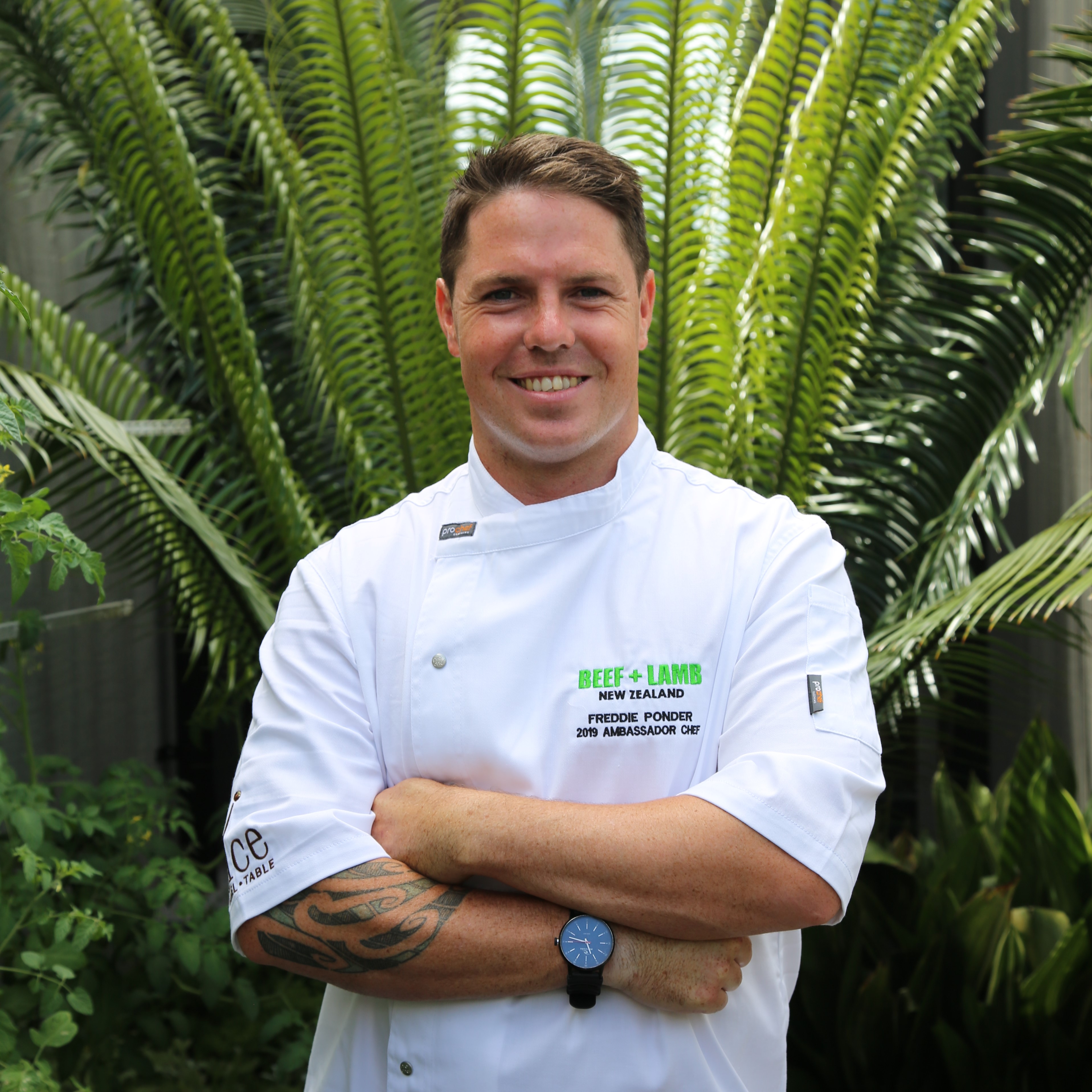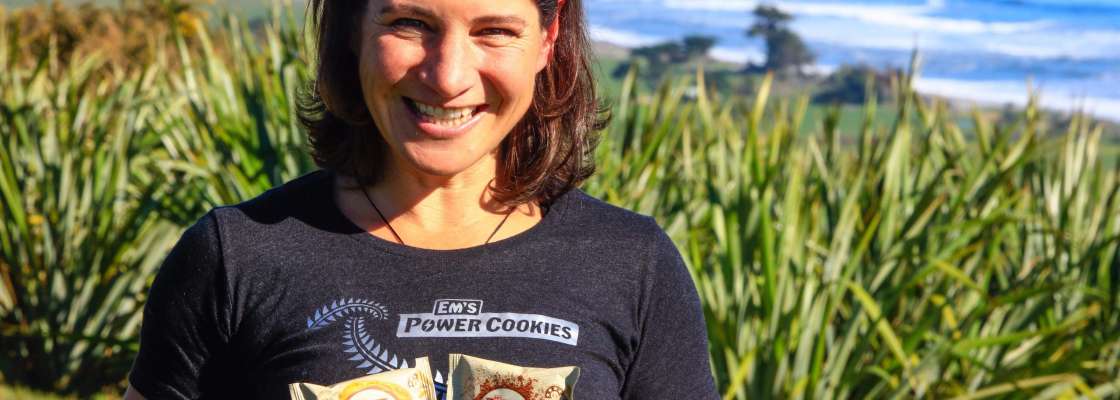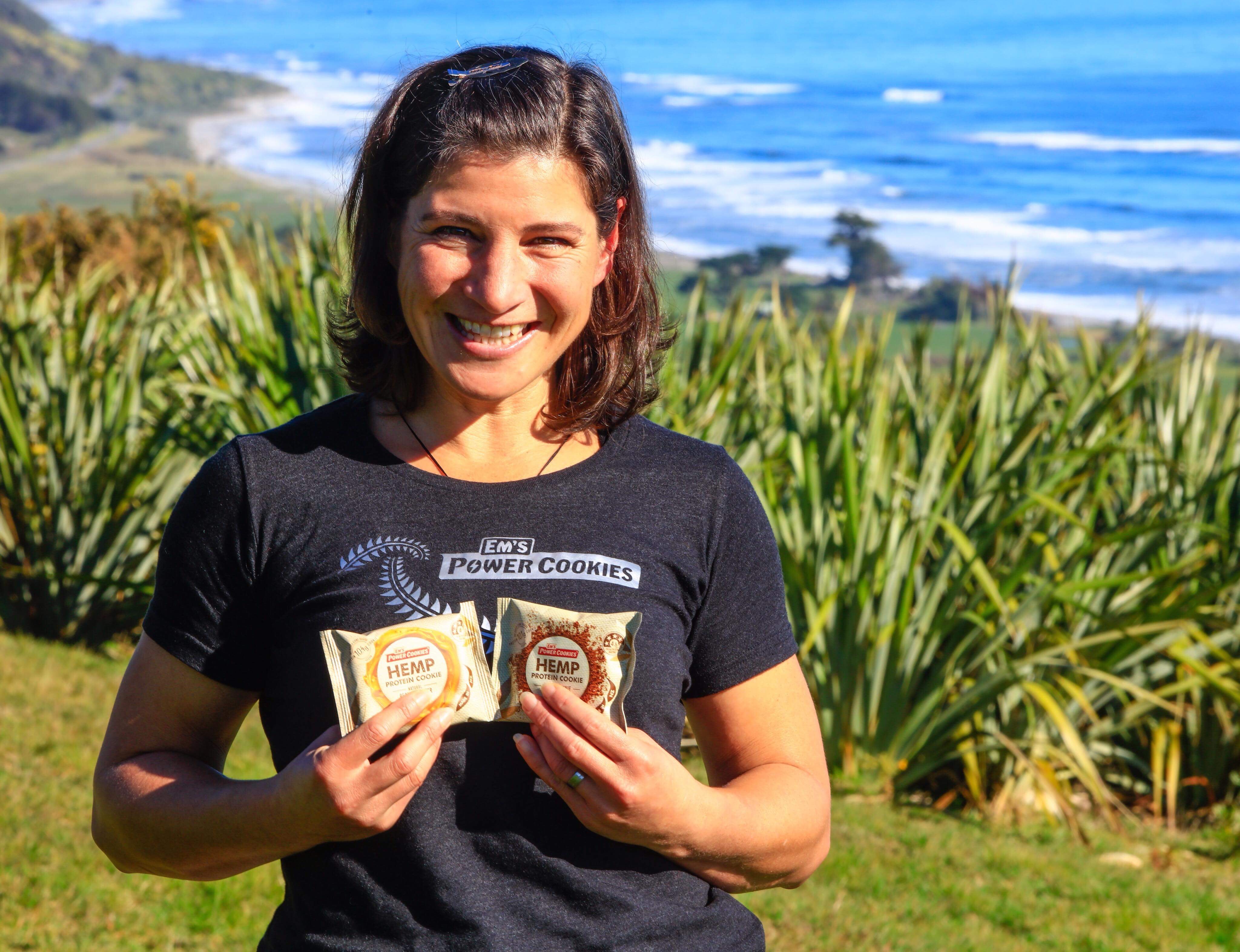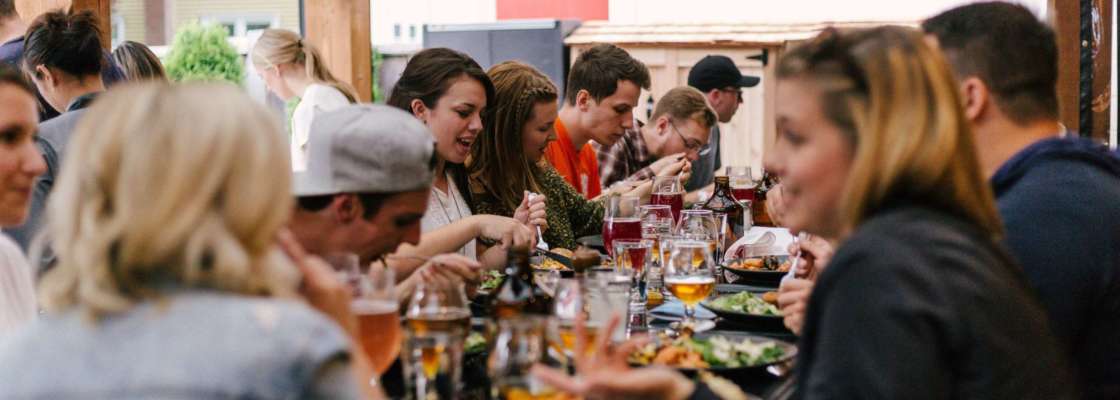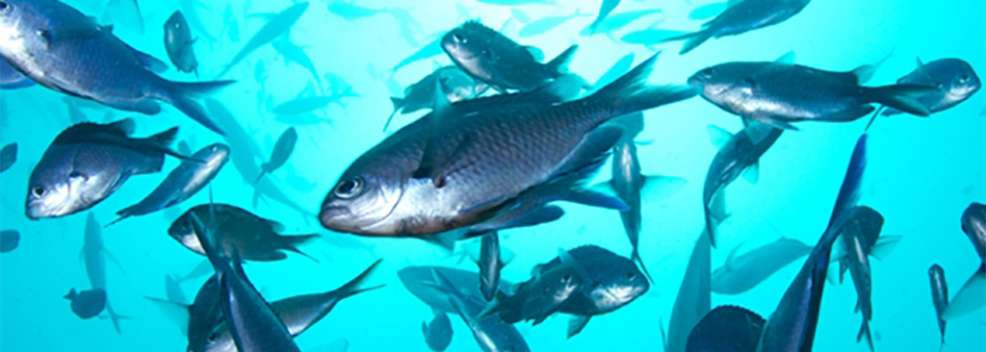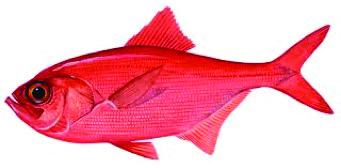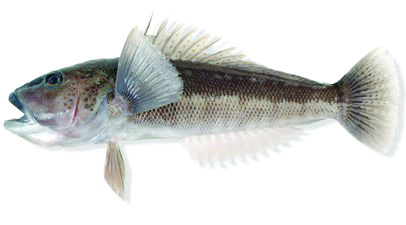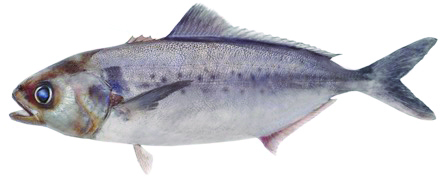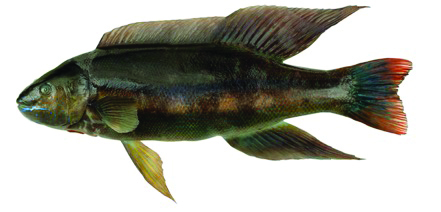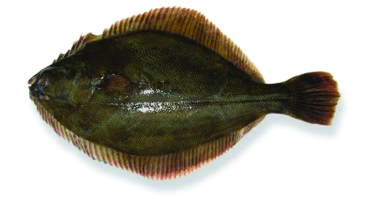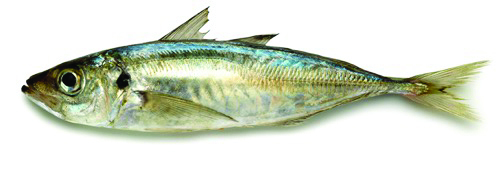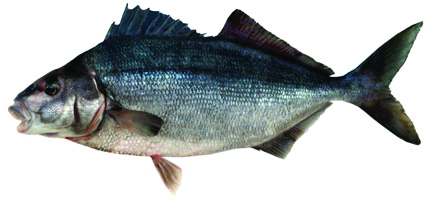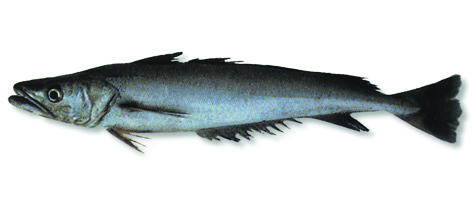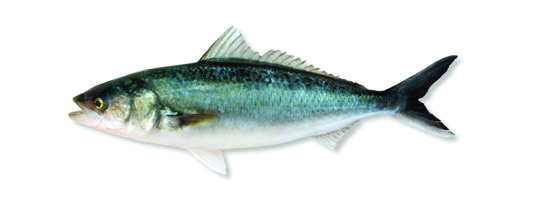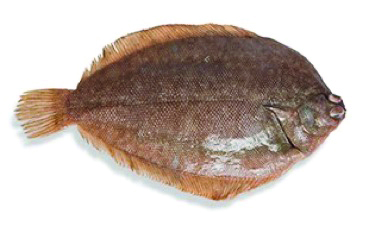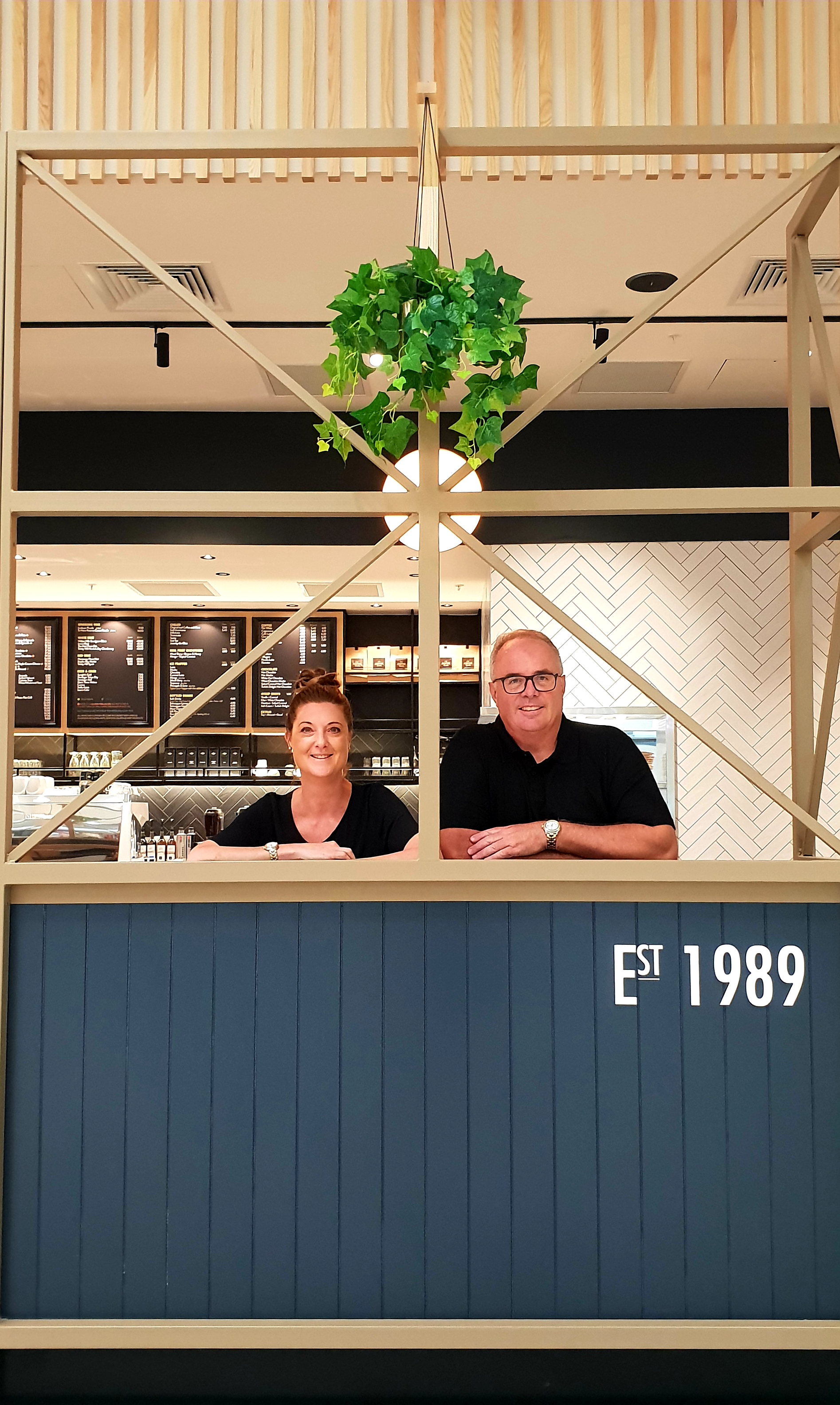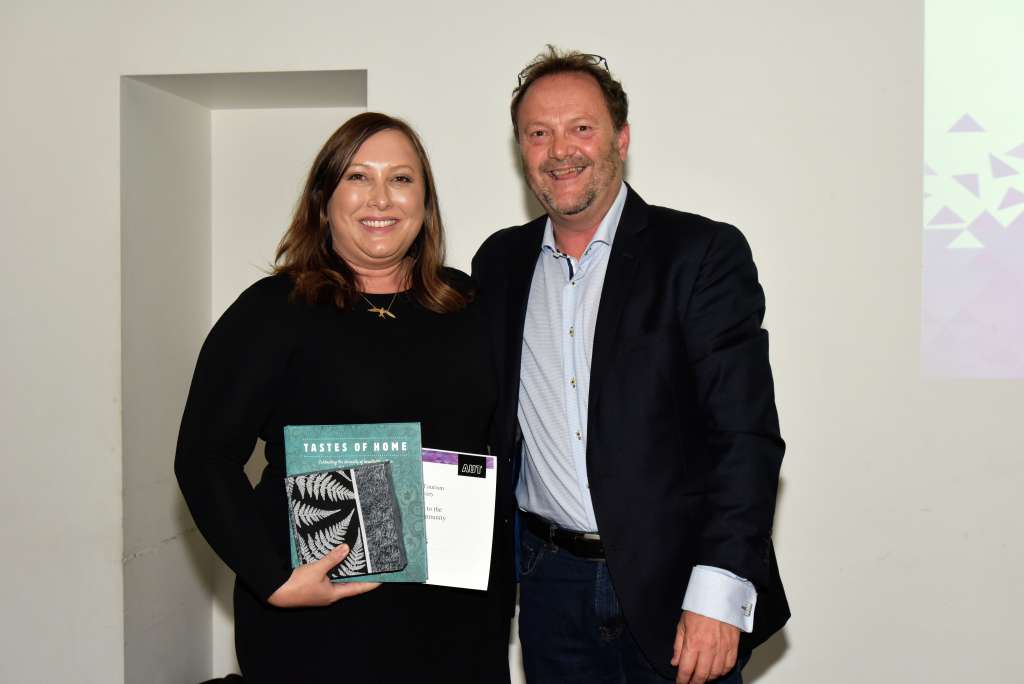Employment Relations Amendment Act 2018
The Employment Relations Amendment Act 2018 introduced a number of employment law changes that aim to improve fairness in the workplace and deliver decent work conditions and fair wages. These changes reflect the Government’s 100 day commitments in workplace relations.
The Act restores protections for employees, especially vulnerable employees, and strengthens the role of collective bargaining in the workplace. Many of the changes are familiar to businesses, as they roll the law back to how it was as recently as 2015.
The Act passed into law on 11 December 2018. Most changes take effect at two stages: 12 December 2018, and on 6 May 2019.
Changes in effect now
Union representatives can now enter workplaces without consent, provided the employees are covered under, or bargaining towards, a collective agreement. They can still only enter a workplace for certain purposes, must be respectful of normal operating hours, and follow health, safety and security procedures. Union representatives still need to seek consent before entering workplaces where no collective agreement or bargaining exists, and for workplaces that are also residences (such as farmhouses). Union representatives can also enter a workplace to assist a non-union employee with matters relating to health and safety if that employee has requested their assistance.
Pay deductions can no longer be made for partial strikes, such as wearing t-shirts instead of uniforms as part of low-level industrial action. Employers can respond to a partial strike action the same way as any other strike, which could include suspending employees without pay or a lockout.
Businesses must now enter into bargaining for multi-employer collective agreements, if asked to join by a union. (See changes coming into effect on 6 May 2019 below in relation to the duty to conclude).
Employees will have extended protections against discrimination on the basis of their union membership status, including either being a union member or intending to be a union member. From now, an employer’s behaviour can be seen as discriminatory if it occurs within 18 months of employees undertaking union activities. This is an extension of 6 months. It does not apply retrospectively.
If requested by the employee, reinstatement will be the first course of action considered by the Employment Relations Authority, for employees that have been found to be unfairly dismissed. Reinstatement means the employee gets their previous job back. The Employment Relations Authority will still assess whether reinstatement is practicable and reasonable for both parties.
Earlier initiation timeframes have been restored for unions in collective bargaining, enabling a union to initiate bargaining 20 days ahead of an employer.
New categories of employees may apply to receive the protections afforded to ‘vulnerable employees’ through an application process set out in the Act.
Changes in effect on 6 May 2019
The right to prescribed rest and meal breaks will be restored, the number and duration of which depends on the hours worked. For example, an eight hour work day must include two 10-minute rest breaks and one 30-minute meal break, while a four-hour work day must include one 10-minute rest break. Rest breaks benefit workplaces by helping employees work safely and productively. Employers must pay for minimum rest breaks but don’t have to pay for minimum meal breaks. Employers and employees will agree when to take their breaks. If they cannot agree, the law will require the breaks to be in the middle of the work period, so long as it’s reasonable and practicable to do so. Some limited exemptions may apply for employers in specified essential services or engaged for the protection of New Zealand’s national security.
90-day trial periods will be restricted to businesses with less than 20 employees. This change means the majority of employees will have protections against unjustified dismissal from when they start a job. Businesses with 20 or more employees can continue to use probationary periods to assess an employee’s skills against the role’s responsibilities. A probationary period lays out a fair process for managing performance issues and ending employment if the issues aren’t resolved.
Employees in specified ‘vulnerable industries’ will be able to transfer on their current terms and conditions in their employment agreement if their work is restructured, regardless of the size of their employer. Changes also include a longer notice period for employees to elect to transfer to the new employer, this notice period is a minimum of 10 working days.
The duty to conclude bargaining will be restored, which means parties must conclude collective bargaining, unless there are genuine reasons based on reasonable grounds not to. This ensures that parties genuinely attempt to reach an agreement.
Parties will not have to settle a multi-employer collective agreement if their reason for not wanting to settle is based on reasonable grounds. For example, if there are significant differences between two employers – such as one operating in Auckland where prices and wages are higher, and the other in Invercargill – it could be reasonable for an employer to negotiate a single-employer collective agreement instead.
The 30-day rule will be restored. This means that for the first 30 days, new employees must be employed under terms consistent with the collective agreement. The employer and employee may agree more favourable terms than the collective.
Pay rates will need to be included in collective agreements, along with an indication of how the rate of wages or salary payable may increase over the agreement’s term. Employers will need to provide new employees with a form approved by the Chief Executive of MBIE within the first ten days of employment and return the form to the applicable union, unless the employee objects. The form gives employees time to talk to their union representatives before considering and indicating whether they intend to join a union or remain on the individual employment agreement.
Employers will need to allow for reasonable paid time for union delegates to undertake their union activities, such as representing employees in collective bargaining. Employees will need to agree with their employer to do so or, at a minimum, notify them in advance. An employer will be able to deny the request if it will unreasonably disrupt the business or the performance of the employee’s duties.
Employers will need to pass on information about the role and function of unions to prospective employees. Unions must bear the costs if they want printed materials to be passed on.
Download the Employment Relations Amendment Act 2018
If you have any questions or concerns on the above, please contact the Restaurant Association at 09 638 8403 or members can contact us on our 24/7 Helpline at 0800 737 827.

